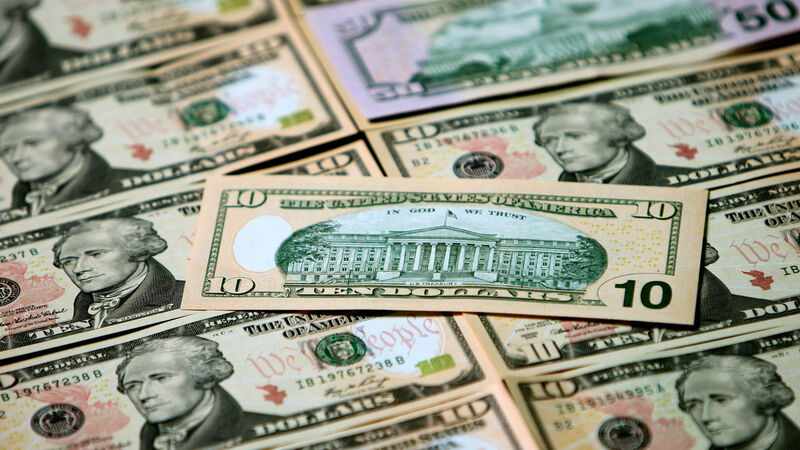Oliver Mangan: US interest rates may rise more quickly than many think

Inflationary pressures are building in the US along with continuing robust economic growth which suggests policy tightening could be coming before too long.
The US does not look like an economy where official interest rates should be pitched at virtually zero.
The labour market appears to be tightening rapidly, with close to one million jobs added in each of the last two months and the unemployment rate dropping to 5.4% in July from 5.8% in June.












